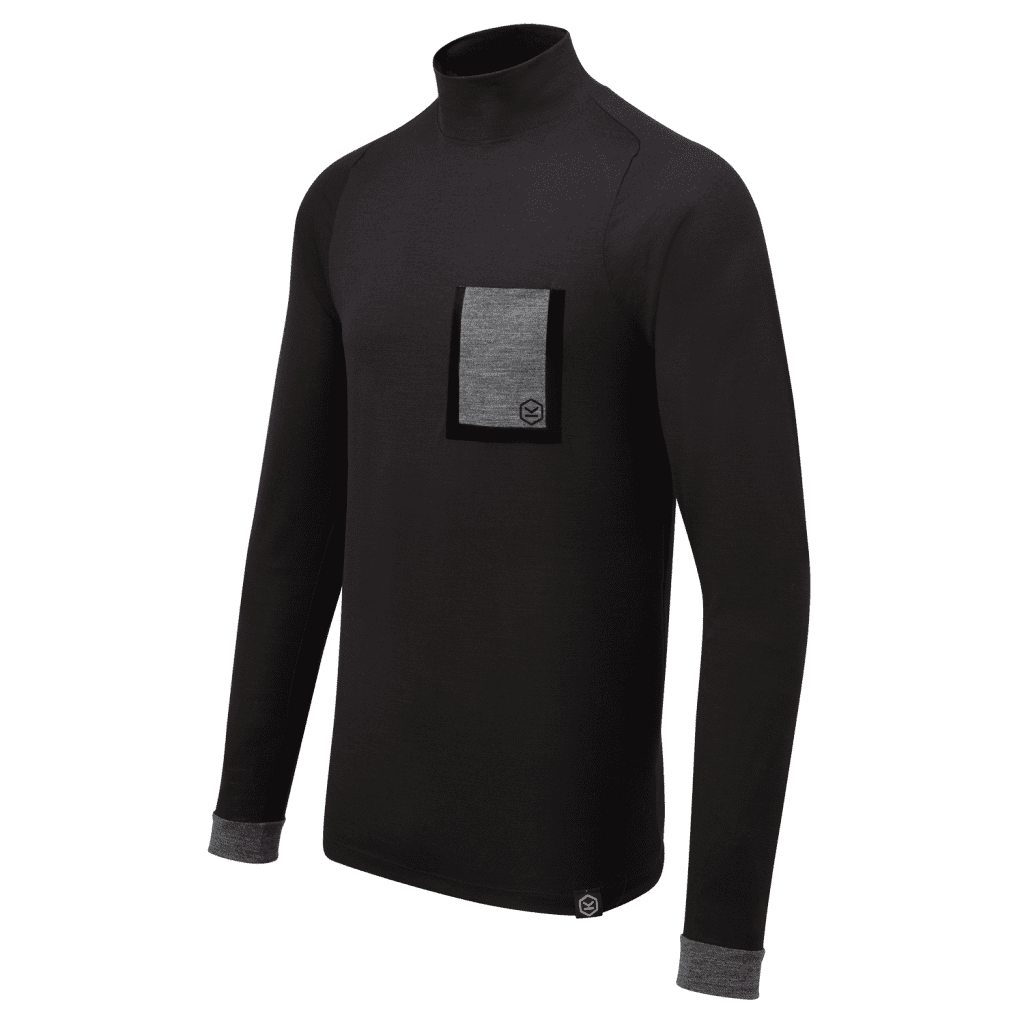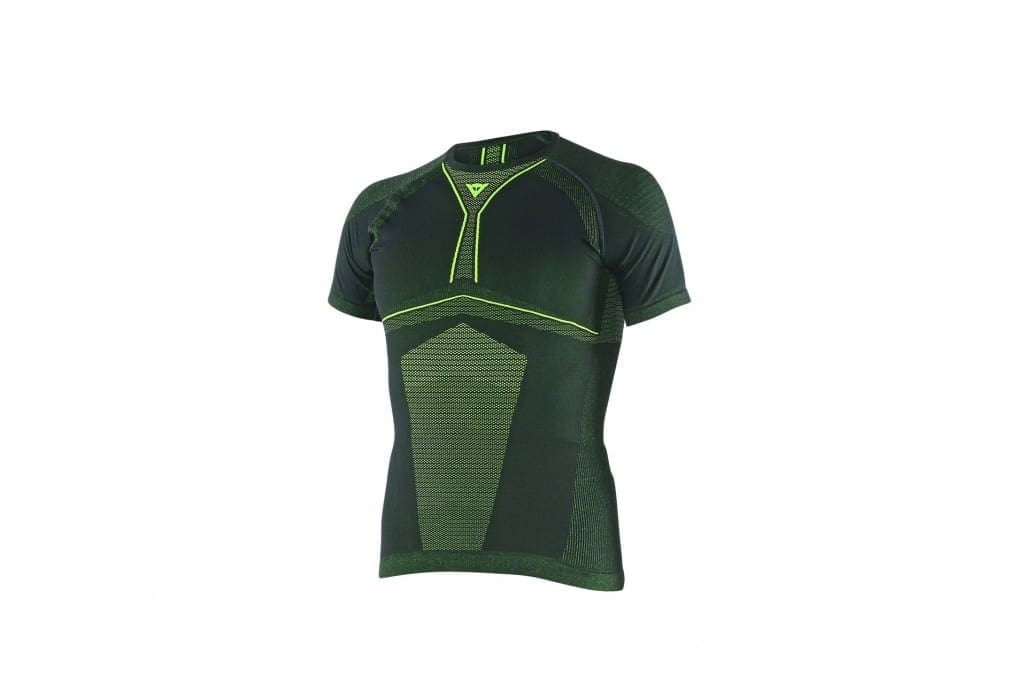MoreBikes.co.uk winter kit guide: #3 Thermals and layers
In addition to getting the outer layers right, it’s important to think about what to wear underneath. Thermal underwear might not bring much romance to the bedroom, but it will keep you nice and toasty on your bike. There are plenty of options to choose from, and personal preferences vary, but these are our top five tips for effective use of thermals and layering:
1. Why wear thermals?
Thermal base layers help keep you warm on your bike. These products are designed for outdoor activities, so they are flexible and comfortable as well as warm. Using good quality thermals and applying the layering principle can make a big difference in your daily commute or a winter tour.
2. How thermals work?
As with other kit, there are various different technologies on offer, all with fancy trademarked names, usually including ‘tech’ or ‘clima’ somewhere in the name. It’s best to check the materials used in the product as they dictate the product quality rather than the ‘Therma-tech-clima-system’ names given to them.
If your budget stretches to the high-end stuff, look for products made with natural fibres (such as wool) mixed with fast-drying synthetic fibres. They keep you warm and move vapour and sweat away from the body quickly. They are also less likely to cause irritation and feel softer on your skin.
3. Layering principles
Effective use of layers is the key to maintaining ideal body temperature when you’re out riding. The principle is the same as with any other outdoor activity where you need to keep warm; layers keeps you warmer, but will also restrict your movement, so it’s a balancing act between being cold and over-doing it. Luckily many base and mid-layers are quite lightweight and thin.
Layering can go a long way to make you warm without having to invest in new jackets and trousers. It also makes it easy to make quick adjustments as the weather changes; adding or removing layers to keep you comfortable and focused on riding (as long as you have luggage to offload your extra layers into).
4. What do the different layers do?
It’s worth noting that each layer has a function: the base layer (against the skin) manages moisture, helping to regulate body temperature by moving perspiration away from the skin to the outside of the fabric, where it can evaporate (sweating is unlikely to be a problem in winter, but a good base layer will also help keep you warmer). The mid-layer is for insulating, protecting from the cold and trapping a layer of warm air close to the body, while the shell or outer layer (your riding jacket and trousers) shields from wind and rain.
5. Protection against windchill
Most modern textile bike jackets are fitted with water and windproof liners (such as Gore-Tex) and many have thermal lining too, made using insulating materials, such as Thinsulate. However, cold draughts can find their way in through collars, cuffs, zips and fasteners. This will make you lose body heat and feel cold. This is where base and mid-layers come in; they are worn next to the body and provide efficient insulation.
If you’re looking for some new thermals, have a look at our baselayer reviews.








